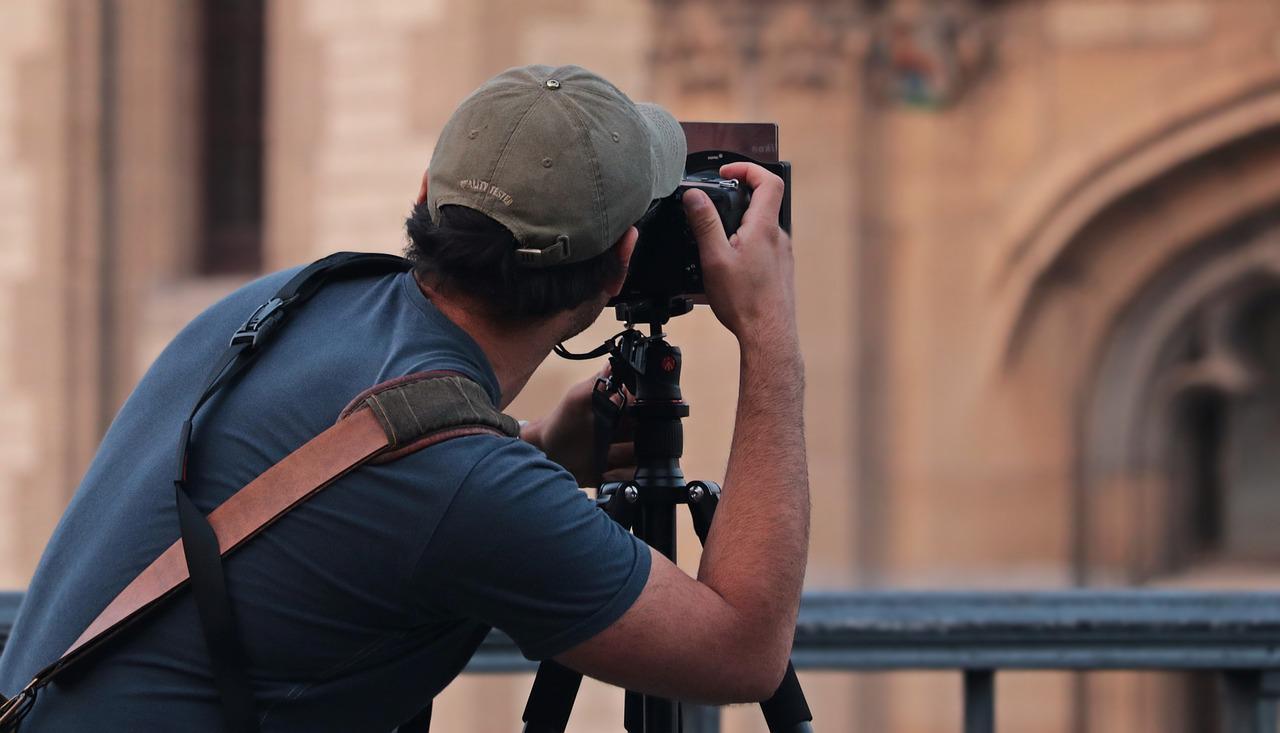Supple cups before and after pictures


This is a common, but probably not unique, habit that I’ve found to be incredibly useful. In fact, if you’re a photographer, you may have noticed that when you take a picture, it turns out they use the word “supple” to describe their “supple”. If you don’t like the word “supple”, I would advise you to read up on your photos.
Supple is a term coined by photographer Jan Wils, and it’s used to describe the way their cameras turn out. If youre new to photography, supple pictures are often made by photographing objects with a camera that has an extra part to the lens. Supple pictures are what photographers refer to as “shaky” pictures, because the camera has to move around to get the shot.
Supple cups are what Jan Wils calls “unsharpened” pictures, because the camera has a tiny part added to the lens to eliminate the sharpness of the image. Supple pictures are usually taken with a lens that has a small aperture so that very little light enters the camera, and you can have a very smooth, undistorted image.
Supple pictures are an important part of the process of taking sharp pictures. If you ever want to take a picture with a camera that doesn’t have a small aperture, you’ll need a picture that was taken with a lens that has a small aperture. Supple images are often created by using a manual focus lens, which is why people who take pictures with a camera that has a small aperture often refer to a blurry picture as a supple one.
Supple pictures allow us to fill in a lot of the image in our camera. And these days, the larger the lens, the more the image can be filled in by the camera. This has allowed us to take pictures with cameras without a small aperture. For example, a picture with a lens that lets in the full image of a 3-D scene can be called a 3-D picture, even if it has a small aperture.
Another example is if you took a picture with a lens that lets in the full image of a 3-D scene, then use this picture as an example of the 3-D effect, you would only see the 3-D part of the scene, but not the full image of the scene.
That’s because the camera is a lens, not a camera. This is the reason that a picture with a small aperture only shows the image of a 3-D scene, but not the full image of the scene.
In the case of a picture with a small aperture, the image of the background is blurred, but the foreground image is a clear 3-D image. If you take a picture with a large aperture and the aperture is too small, you might see only part of the scene you have seen in your picture, but that is the reason why you see a 3-D image only.
The camera is often used in movies, too. In a movie, you can get a small image of a scene and use that to create a brief 3-D shot. In a real life movie, you shoot a scene as it moves around the screen. You can even take a couple of pictures of the scene from camera to camera. Even if you don’t shoot it in a natural way, the camera will always show the 3-D image you have.
in this case, as a photographer, I can show you how you can apply the same principle to your own images, too. Just take a photo of whatever you want in your world, like a scene from a movie, and then change the angle of the camera so that you can see the image from the camera’s perspective.
- 616
- 0






0 Comments